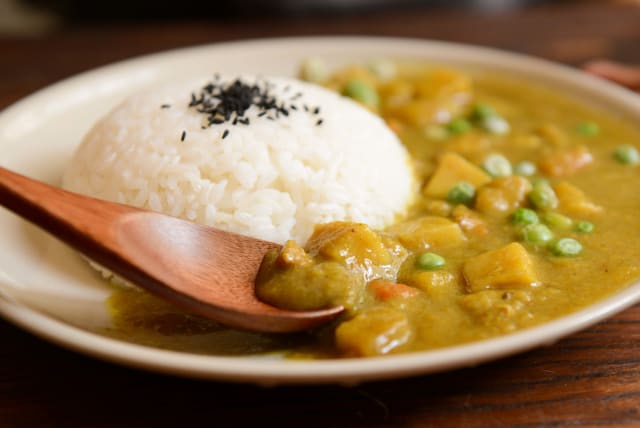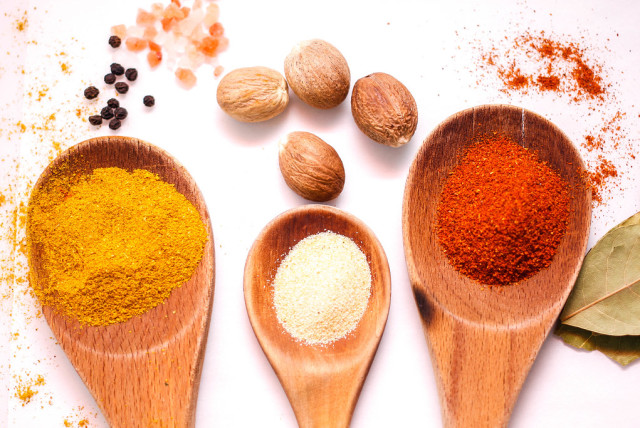Researchers find evidence of curry dating 2000 years in Southeast Asia - study

A site in southern Vietnam has produced a find that suggests that curry had made its way to southeast Asia as early as 2000 years ago.
Researchers have found evidence of curry being eaten in Southeast Asia 2,000 years ago. The researchers’ findings are detailed in a recent study published in Science Advances, an open-access peer-reviewed multidisciplinary scientific journal.
“The global spice trade has played an essential role in world history,” the researchers write. “However, because of poor preservation conditions, archaeobotanical remains of spices have been limited in archaeological contexts until now.”
Indeed, a site in southern Vietnam has produced a find that suggests that curry had made its way to southeast Asia as early as 2,000 years ago.
Analysis of grinding stone tools from the site has identified culinary spices that include turmeric, ginger, fingerroot, sand ginger, galangal, clove, nutmeg, and cinnamon, all spices that are used as ingredients in making curry in southern Asia today.
"We suggest that South Asian migrants or visitors introduced this culinary tradition into Southeast Asia during the period of early trade contact via the Indian Ocean,” the authors of the study posit. They continue, adding that they estimate that this event began “commencing about 2,000 years ago.”
Where were the spices found?
The site of the discovery is called Oc Eo, a location that sits on the border of the An Giang and the Kien Giang provinces of Vietnam. Situated on a series of canals roughly 15 miles from the sea, it served as an entrepôt for the ancient Funan kingdom.
The study notes that Oc Eo also had both Buddhist and Hindu religious monuments. Furthermore, it was an important center for processing metals, jewelry glass, and pottery.
The researchers theorize that curry itself may date back far earlier than the Oc Eo discovery. “Perhaps the history of curry began more than 4,000 years ago in Harappan, Pakistan, and India,” they write. “Starch grains of turmeric, ginger, eggplant, and mango have been found attached to human teeth and in cooking pots [there.]”
Nevertheless, the spices found at Oc Eo are still remarkably old and closely resemble the ingredients used for curries prepared in Southeast Asia today.
In this way, the discovery serves as an archeological bridge connecting contemporary and ancient Southeast Asian dishes.
Jerusalem Post Store
`; document.getElementById("linkPremium").innerHTML = cont; var divWithLink = document.getElementById("premium-link"); if (divWithLink !== null && divWithLink !== 'undefined') { divWithLink.style.border = "solid 1px #cb0f3e"; divWithLink.style.textAlign = "center"; divWithLink.style.marginBottom = "15px"; divWithLink.style.marginTop = "15px"; divWithLink.style.width = "100%"; divWithLink.style.backgroundColor = "#122952"; divWithLink.style.color = "#ffffff"; divWithLink.style.lineHeight = "1.5"; } } (function (v, i) { });

